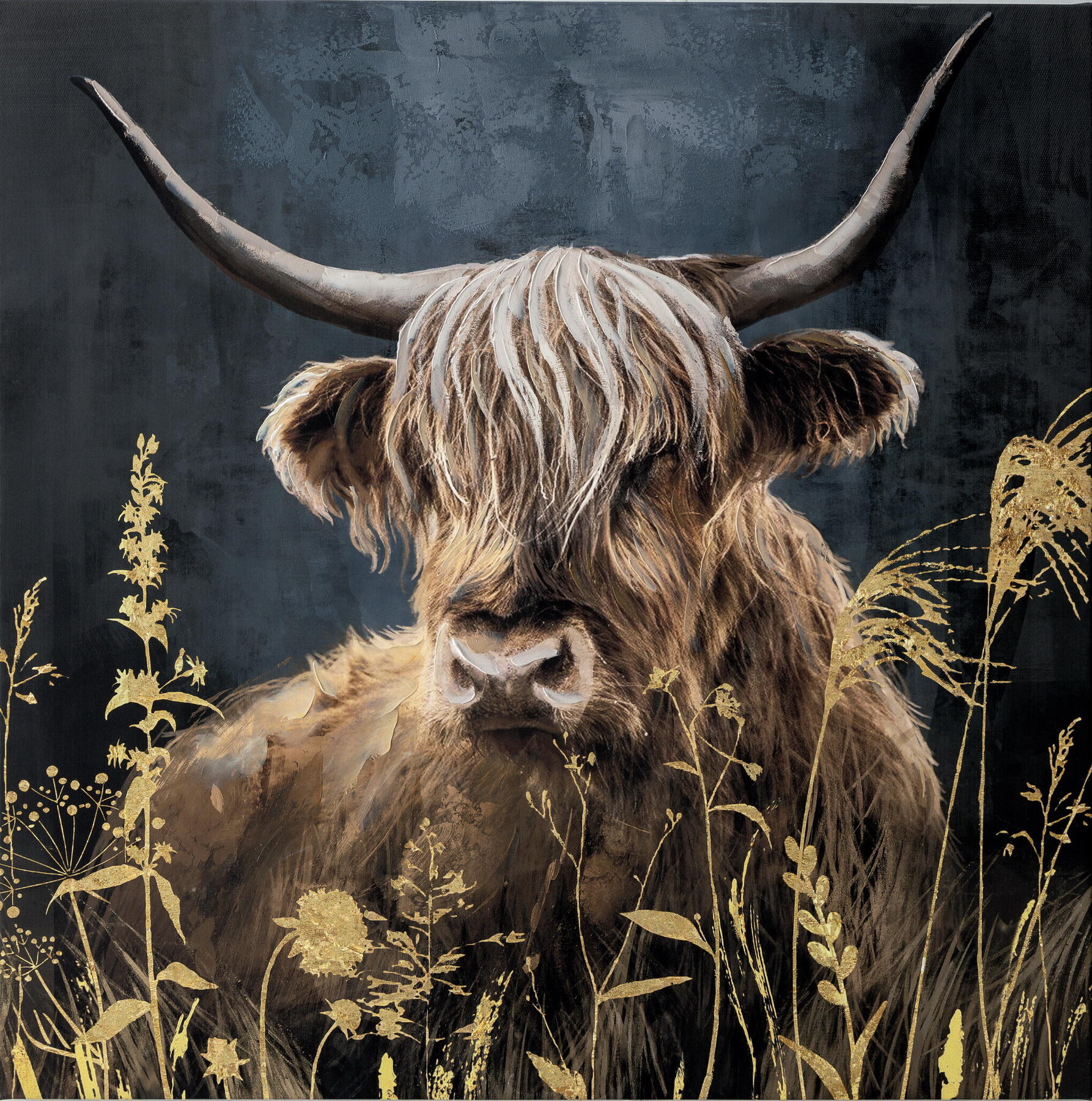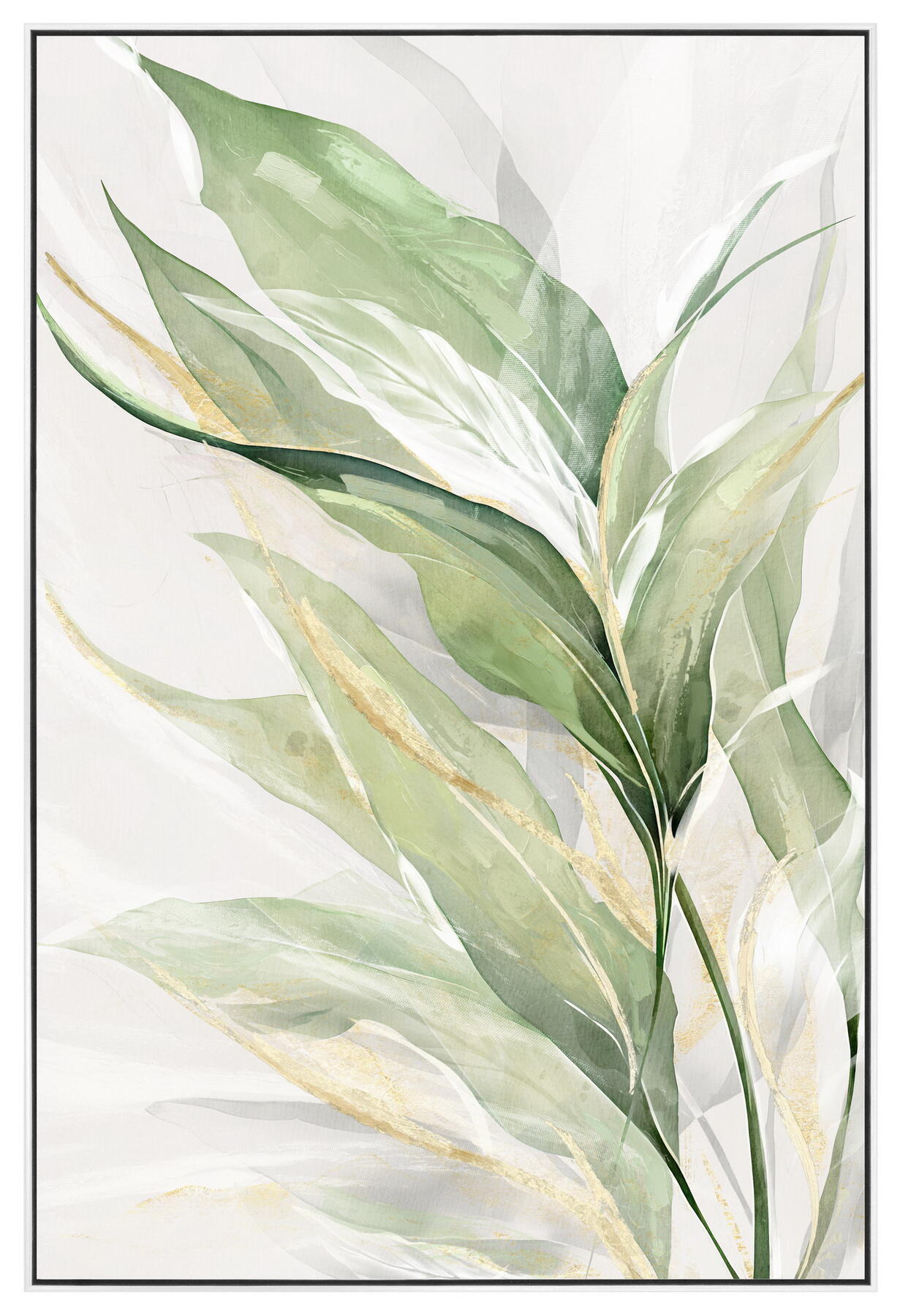modern painting
Modern painting represents a revolutionary approach to artistic expression, combining traditional techniques with cutting-edge materials and methods. This contemporary form of artistic creation encompasses various innovative approaches, including digital integration, sustainable materials, and interactive elements. Modern paintings often feature smart pigments that can change color based on environmental conditions, UV-resistant coatings that ensure longevity, and eco-friendly materials that minimize environmental impact. These works utilize advanced color theory and dimensional techniques to create immersive visual experiences, while incorporating technological elements such as augmented reality integration and light-responsive elements. The application of modern painting extends beyond purely aesthetic purposes, finding its way into architectural design, therapeutic environments, and interactive public spaces. Artists now have access to sophisticated tools like color-matching technology, precision application systems, and computer-aided design integration, enabling them to achieve unprecedented levels of detail and consistency. The versatility of modern painting techniques allows for application on various surfaces, from traditional canvases to complex architectural structures, making it an invaluable tool in contemporary design and artistic expression.


